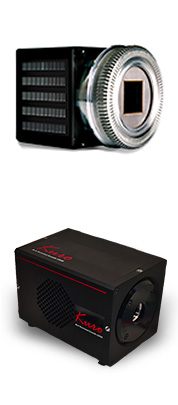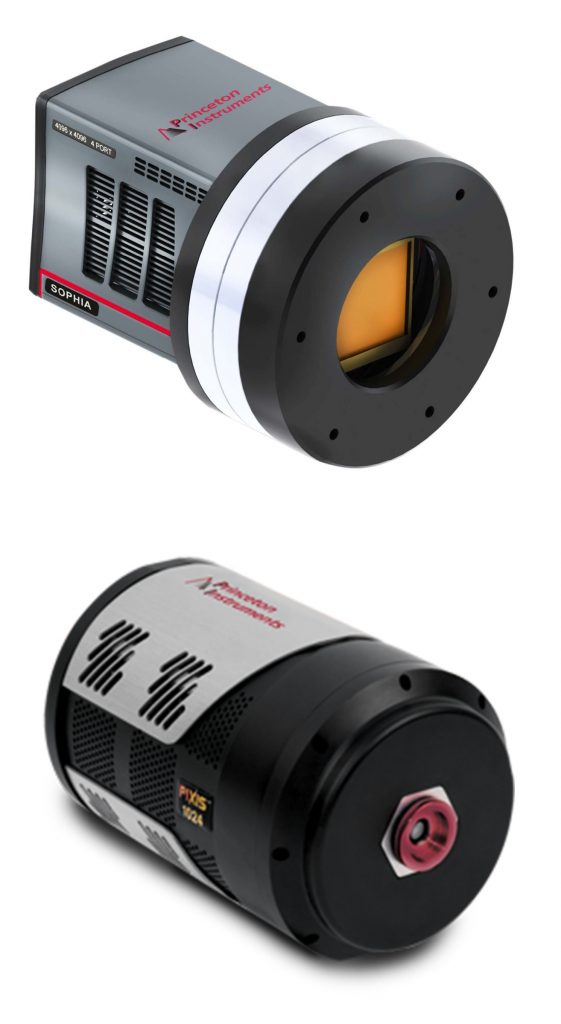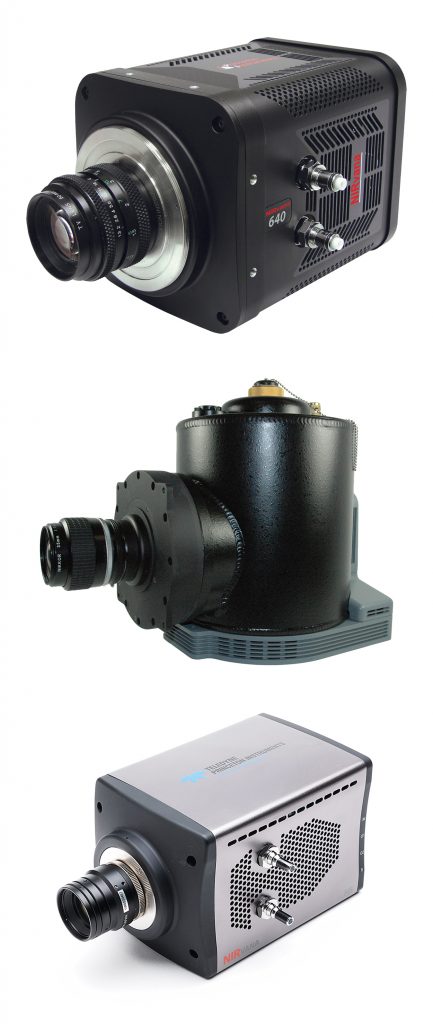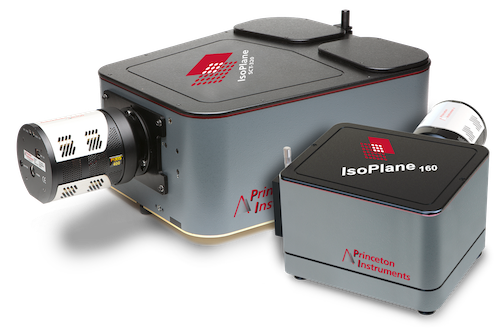Astronomy
Astronomy covers an expansive range of scientific research, from the largest of celestial objects – the infamous black hole – to the smallest detectable objects – the subatomic neutrino.
Current research is focused on understanding the chemical composition and topographical formation of celestial objects such as asteroids, as well as discovering and characterizing exoplanets. In addition to this, research is looking at gravitational waves to understand the curvature of spacetime – experimental proof of a long-predicted theory. Astronomy encompasses all realms of science, so it is truly interdisciplinary.

Cameras for Astronomy

High Speed Imaging Cameras
Astronomical imaging involving orbital debris tracking, lucky imaging, pulsars and exoplanet discovery rely on fast, high resolution imaging without compromising on noise performance.
sCMOS cameras offer both high speed and low noise, with the versatility to capture information from a range of celestial objects.
The COSMOS camera is the newest generation of ultra-low-noise CMOS sensor. With a large-format detector, the COSMOS is able to capture high resolution images over a large field of view.
The KURO is the first back-illuminated scientific CMOS camera, with >95% quantum efficiency and very low read noise, making it ideal for challenging low light applications. The KURO detector also has outstanding dynamic range, allowing both and dim and bright objects to be captured in the same field of view.
Steady-State Imaging Cameras
CCD sensor cameras are commonplace in astronomy research due to their ability to image at very low signal levels. In addition, CCD detectors are able to image over long exposure times with low noise, ideal for studies of objects which require long exposures.
The SOPHIA camera is a large format, ultra-low noise CCD camera ideal for the study of celestial objects such as nebulae and galaxies which require a large field of view. With >95% peak quantum efficiency over the wavelength range 300 – 1000 nm, 16 MHz readout and ArcTec™ deep cooling the SOPHIA is the ultimate camera for large image, long integration experiments.
The PIXIS has >95% quantum efficiency over the wavelengths 120 – 1100 nm, ideal for imaging in the UV to NIR region. With support for a large range of CCD sensor sizes, the PIXIS features deep cooling and low noise for long exposure times. The PIXIS has front-illuminated, back-illuminated and back-illuminated deep-depletion sensor options for the broadest range of astronomical applications.


J- and H-Band Imaging
Infrared astronomy, over the J- and H- band, has allowed for the discovery of many stars, galaxies and quasars. Celestial objects emitting at infrared wavelengths usually have very low temperatures, of only a few hundred kelvins. Therefore, it is essential that the detectors used are kept cool to prevent any noise from the detector overpowering the astronomical signal.
By using infrared radiation, ground-based observations can aid in the search for celestial objects such as life-supporting planets. This is because infrared light is not blocked by interstellar dust. However, infrared radiation in the J- and H- band cannot be imaged using traditional silicon CCDs. Therefore, focal plane array InGaAs detectors must be used.
The NIRvana InGaAs focal plane array series is able to offer both high speed and deep cooling, with the NIRvana HS offering 250 fps and the NIRvana LN cooling to -190℃ for the broadest range of astronomical applications.
Spectrometers for Astronomy
IsoPlane
Astronomical spectroscopy is a key technique for studying radiation emitted from celestial objects. Spectra produced can provide information about the chemical composition, luminosity, density, and temperature among many other properties.
The IsoPlane is a Schmidt-Czerny-Turner spectrograph, with a unique optical design that completely eliminates astigmatism across the focal plane. This offers high spectral resolution and imaging performance to ensure almost perfect capture of celestial radiation.
With twice the light-gathering power of a typical Czerny-Turner spectrograph, the IsoPlane is necessary for detecting the lowest light astronomical radiation. This produces sharper imaging and improved resolution, ensuring all peaks within the resulting spectra are distinguished without the need for post-processing techniques.

